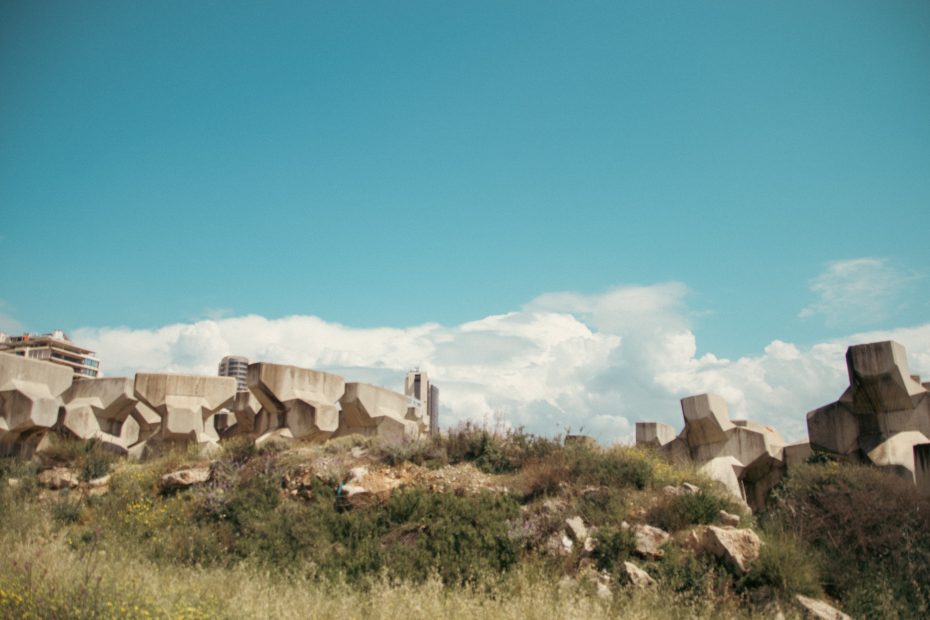Table of Contents
Introduction
Lebanon is a small country, but it packs a lot of geographic diversity into its 10,452 square kilometers. From Mediterranean beaches to mountain peaks, Lebanon’s landscapes offer something for every type of traveler. Let’s explore some of Lebanon’s most notable regions and see what makes each one unique.
The Coastal Plains
Running along the western edge of Lebanon is a narrow coastal plain flanked by the Mediterranean Sea. Sandy beaches, seaside towns, and ancient port cities like Byblos, Sidon, and Tyre dot the coastline. Many Lebanese have holiday homes along the coast where they can enjoy the balmy weather, go boating, or take a dip in the sea.
Mount Lebanon
Rising up sharply from the coast is the Lebanon mountain range, also known as Mount Lebanon. This rugged mountain chain runs parallel to the coastline and reaches heights of over 3,000 meters. Mount Lebanon has a Mediterranean climate at lower elevations, while the peaks are cold and snowy in winter. Thick forests of the famous cedar trees grow on the mountain slopes. Mount Lebanon offers excellent hiking among wildflower-filled meadows and scenic vistas.
The Bekaa Valley
Nestled between the Mount Lebanon and Anti-Lebanon mountain ranges is the fertile Bekaa Valley. This inland valley has rich alluvial soils that support a variety of agricultural activities, from growing grains and vegetables to producing wine and arak. The Bekaa Valley has a drier, Continental climate with hot summers and cold, snowy winters. The valley has been inhabited for thousands of years, with Roman ruins attesting to its long history.
The Anti-Lebanon Mountains
Forming the eastern border of Lebanon are the Anti-Lebanon Mountains that run parallel to Mount Lebanon. Although not as high as Mount Lebanon, the Anti-Lebanon peaks reach up to 2,600 meters elevation. The Anti-Lebanon range marks the border with Syria and offers scenic outdoor recreation opportunities. Springs emerging from the limestone mountains feed oases dotted with greenery.
Natural Attractions
In addition to beautiful mountain scenery, Lebanon has remarkable natural sites like the famous cedar forests clinging to the slopes of Mount Lebanon. The Qadisha Valley or Holy Valley contains early Christian monasteries nestled amid cliffs and cedar forests. South of Beirut, Jeita Grotto is an extensive cave system with enormous stalactites and stalagmites. History buffs will appreciate the well-preserved Roman temple ruins at Anjar.
Adventure Activities
Outdoor enthusiasts will find plenty to do among Lebanon’s varied landscapes. Go hiking through valleys and along mountain ridges bathed in wildflowers in spring. Downhill and cross-country skiing can be enjoyed at winter resorts like The Cedars. Spelunkers will love exploring deep caverns like Jeita Grotto or giant sinkholes like Baatara Gorge Waterfall. Watch for rare wildlife like the spiny-tailed lizard while camping or just gazing at the starry sky.
Agriculture
Lebanon’s combination of coastal plains, mountain slopes, and fertile valleys allows for a diverse agricultural sector. Olives, citrus fruits, and bananas grow along the coast, while apples, cherries, and peaches thrive in the mountains. The Bekaa Valley produces vegetables, grains, and grapes used for wine. Lebanon’s wines are gaining worldwide recognition for their high quality. Olive oil from ancient groves across the country is also prized worldwide.
Conclusion
For its small size, Lebanon punches above its weight in terms of scenic diversity. Coastal plains, rugged mountains, green valleys, unique natural sites, and fantastic food and drink give travelers lots of reasons to explore this compact country. From relaxing beach holidays to active mountain adventures, Lebanon truly offers something for everyone. The rich history and culture are the icing on the cake of this diverse Middle Eastern destination.
FAQs
What is the highest point in Lebanon?
The highest point in Lebanon is Qurnat as Sawda’ at 3,088 meters elevation. It is the highest peak in the Mount Lebanon range.
Where can I go skiing in Lebanon?
Some of the main ski resorts in Lebanon are The Cedars, Mzaar Kfardebian, Faqra, and Qanat Bakish. The season runs from December to April.
What crops are grown in the Bekaa Valley?
The Bekaa Valley produces a variety of fruits and vegetables like potatoes, tomatoes, apples, cherries, and grapes. It is also well-known for wine production.
How tall can the cedar trees of Lebanon grow?
The famous cedar trees that grow on the slopes of Mount Lebanon can reach up to 40 meters in height and measure 2.5 meters in trunk diameter. Some trees are estimated to be over 1,000 years old.
What is an interesting fact about Jeita Grotto?
Jeita Grotto features the world’s longest stalactite at 8.2 meters. It is located in the Nahr al-Kalb valley near Beirut and is one of Lebanon’s most popular tourist sites.
